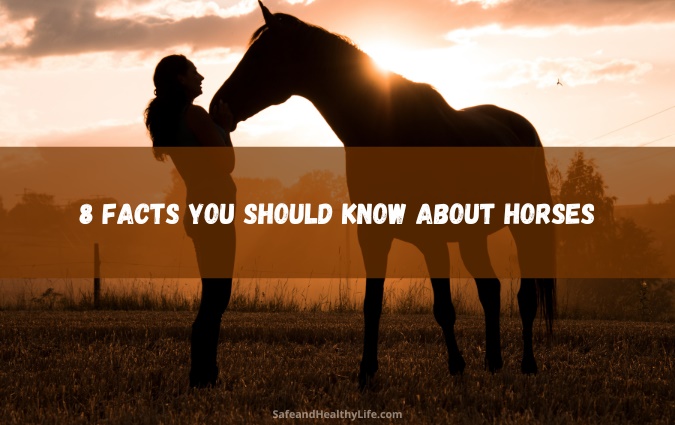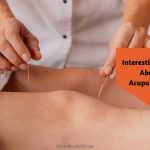
Horses come in a wide variety of varieties around the world. They’re used for various purposes, from working animals to athletes in equestrian sports.
They’re also very fascinating animals. There are many facts about them that you might need to learn.
We’ve rounded up some that are sure to surprise you!
1. Eyes
The eyes are essential to a horse’s sensory and communication abilities. They are also a significant indicator of a horse’s health and well-being!
The eye comprises the retina, which converts light energy into chemical energy. The optic nerve, found at the back of the eye, transmits visual data to the brain. Zoe Reardon captures the beauty of horses showing the world in their eyes.
Horses have some of the most enormous eyes of any land mammal. This indicates that horses have a roughly 350° field of vision, with 65° of that being binocular and the remaining 285° monocular.
2. Nose
The nose is a complex organ that allows horses to smell and taste. The trachea, which acts as the entrance to the respiratory system, is where air enters the lungs to be breathed in and receive oxygen.
The equine nose is separated into two chambers by the nasal septum, which is made of bone and cartilage. Diseases of the nasal septum are uncommon.
They can include traumatic injury to the bridge of the nose as a juvenile, thickening or deviation of the septum, and diseases like amyloidosis or fungal infection.
3. Ears
The ears are essential to your horse’s overall health and well-being. They help your horse detect sounds and alert them to dangers.
The ear is a complex organ that includes the pinnae (the parts of the ear covered with skin, fur, or hair), ear canals, and eardrums.
The ears are very mobile and can rotate independently of each other, allowing horses to pinpoint where a sound originated.
This will enable them to listen for rustles or different sounds that may indicate a predator is nearby.
4. Hooves
One of the most exciting aspects of horses is their hooves. They are a unique piece of anatomy, requiring proper care and management to be healthy.
A horse’s hooves are made of keratin, a fibrous protein resembling other mammals’ nails and claws. This keratin protects the hoof wall from wear and tear and allows it to grow in layers.
5. Teeth
Horses have 36 to 44 permanent teeth (incisors and canines). They also have 12 premolars and molars, or cheek teeth.
Teeth have three essential functions for horses: They help them clip grass as they graze, grind food before swallowing, and fight off predators.
These specialized teeth must align and grind together smoothly so the horse can process food. Improper tooth wear can result in painful conditions that must be addressed regularly.
6. Bones
Bones are the structural framework of the skeletal system. They are vital for protecting and supporting the essential organs of the body.
Horses have 205 bones, including the bones of their distal limbs and pelvic limb (ilium, ischium, pubic bone).
Long bones help to store minerals and act as levers; short bones absorb concussion and support the joints of the horse’s fetlock and pastern.
Bones are a very dynamic tissue, responding to changes in the amounts and ratios of calcium, phosphorus, and magnesium in their diet and the forces applied to them.
Complete bone mineralization lags behind growth in height and weight, so horses must be provided with periods of low-intensity training to give the bones time to remodel.
7. Brain
The horse’s brain is an essential part of the animal. It’s involved in learning, remembering, and communicating with humans.
The brain has billions of neurons that communicate constantly. They fire chemical messages (neurotransmitters) across junctions (synapses) between cells, forming links that strengthen with repeated firing.
8. Emotions
Horses are highly social animals that display various emotions, including anger, jealousy, sadness, and loss. They are also very picky with whom they spend their time.
This study demonstrated that horses could recognize human emotions cross-modally, violating the expectancy paradigm, when facing pictures of emotional facial expressions (joy or anger) and hearing gentle or scolding nonverbal vocalizations.
This is an important finding because it indicates that horses have a memory for emotional behaviors in humans, said Maria J Hotzel, Ph.D., of the Federal University of Santa Catarina Laboratory of Applied Ethology and Animal Welfare.
About The Author:
Steve Barker is an independent blogger and content writer. He is a pharmacist and nutritionist by profession. He has vast knowledge in the healthcare field. He loves to share his thoughts with his informative pieces and connect with the audience.




